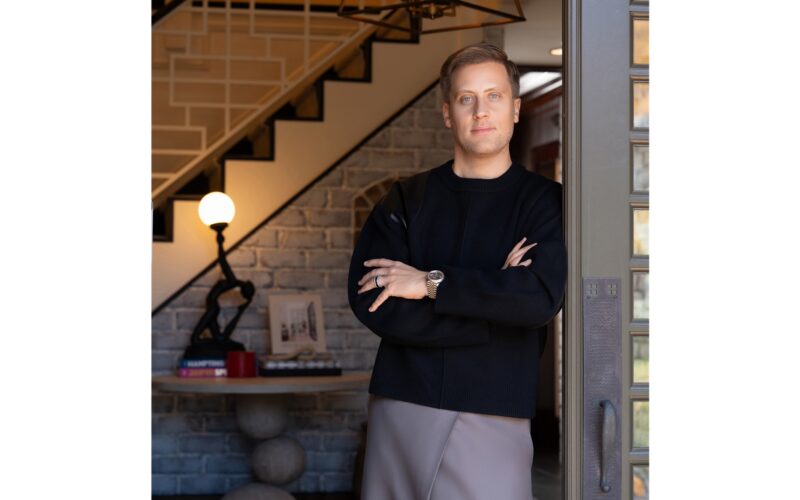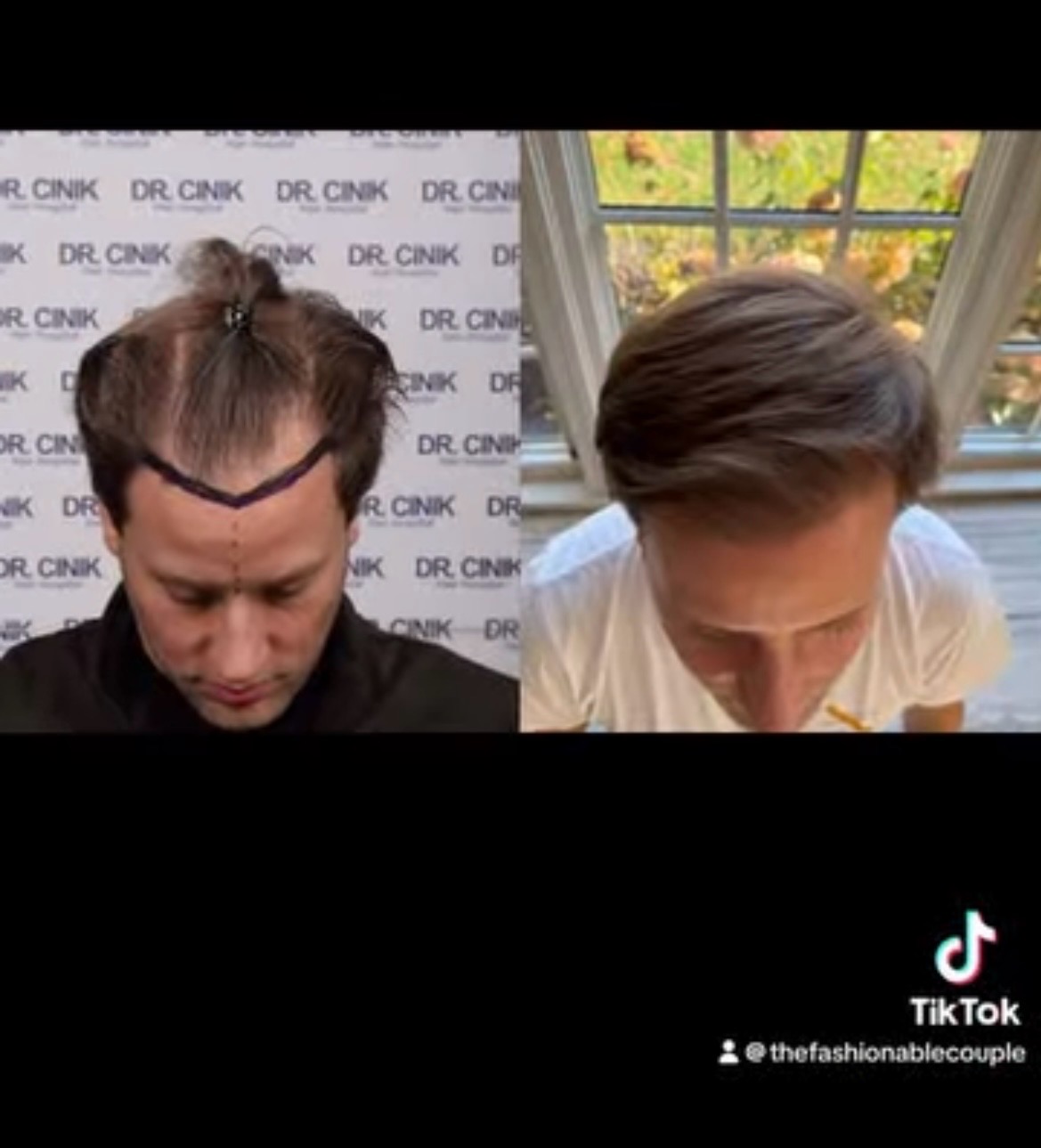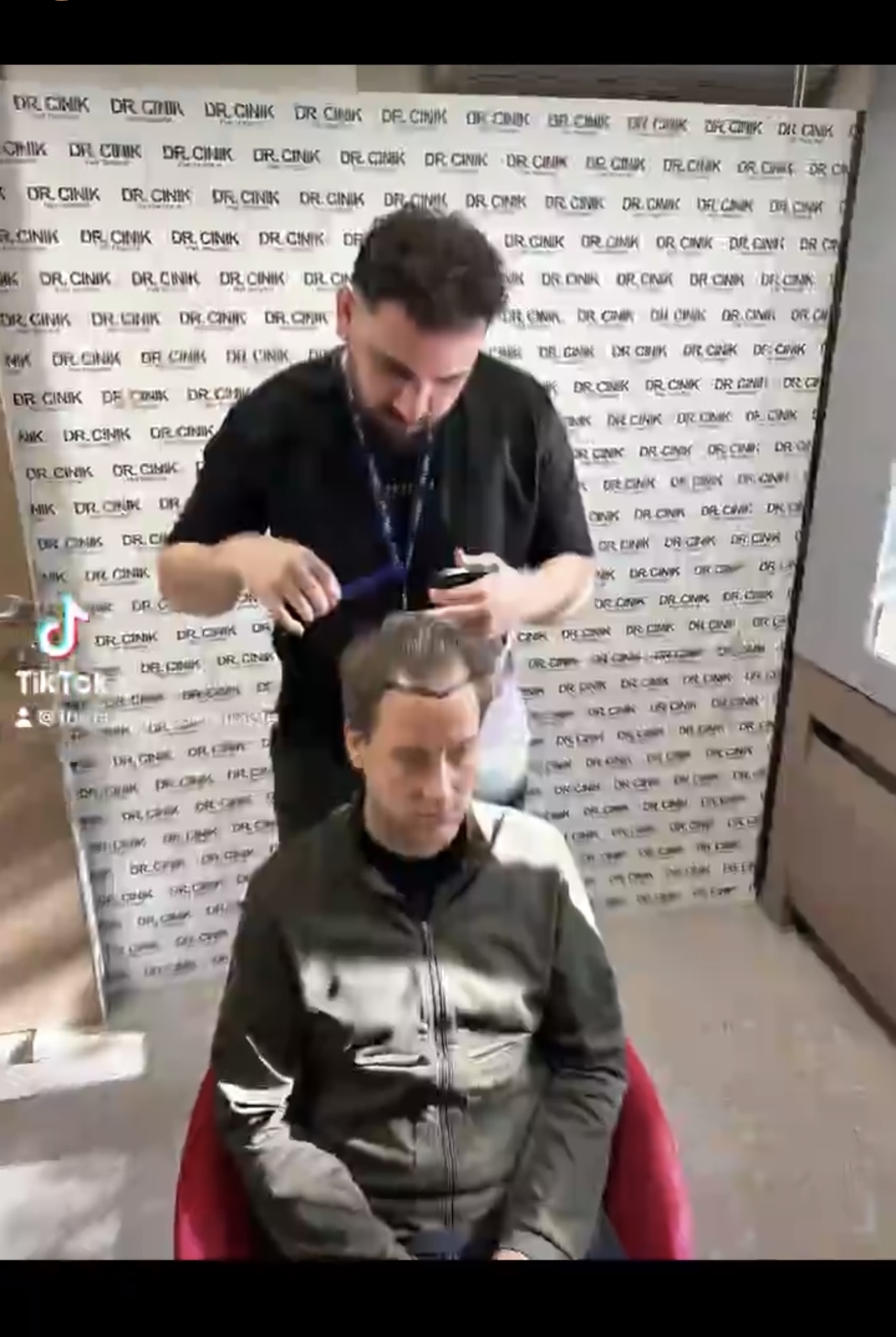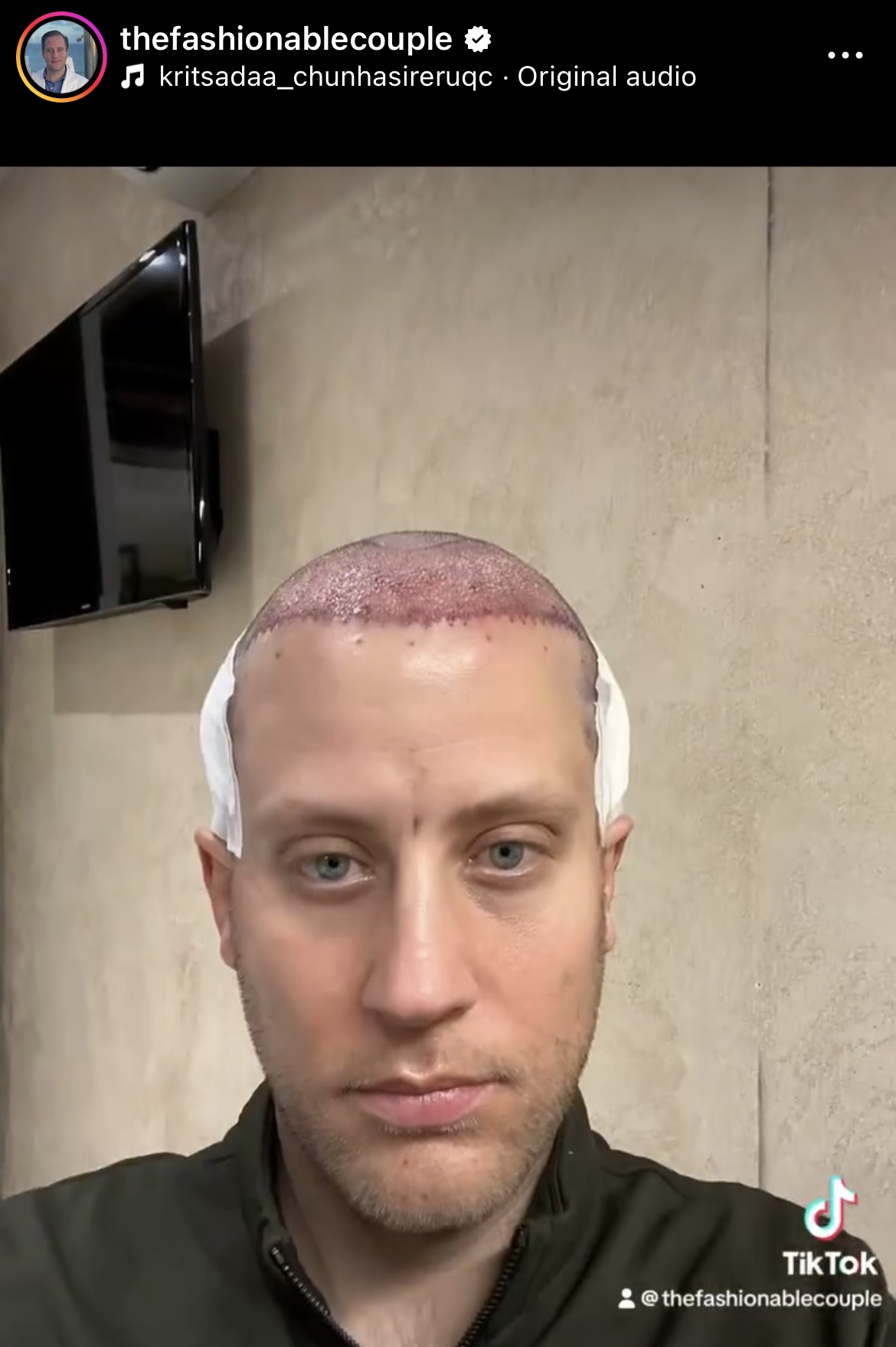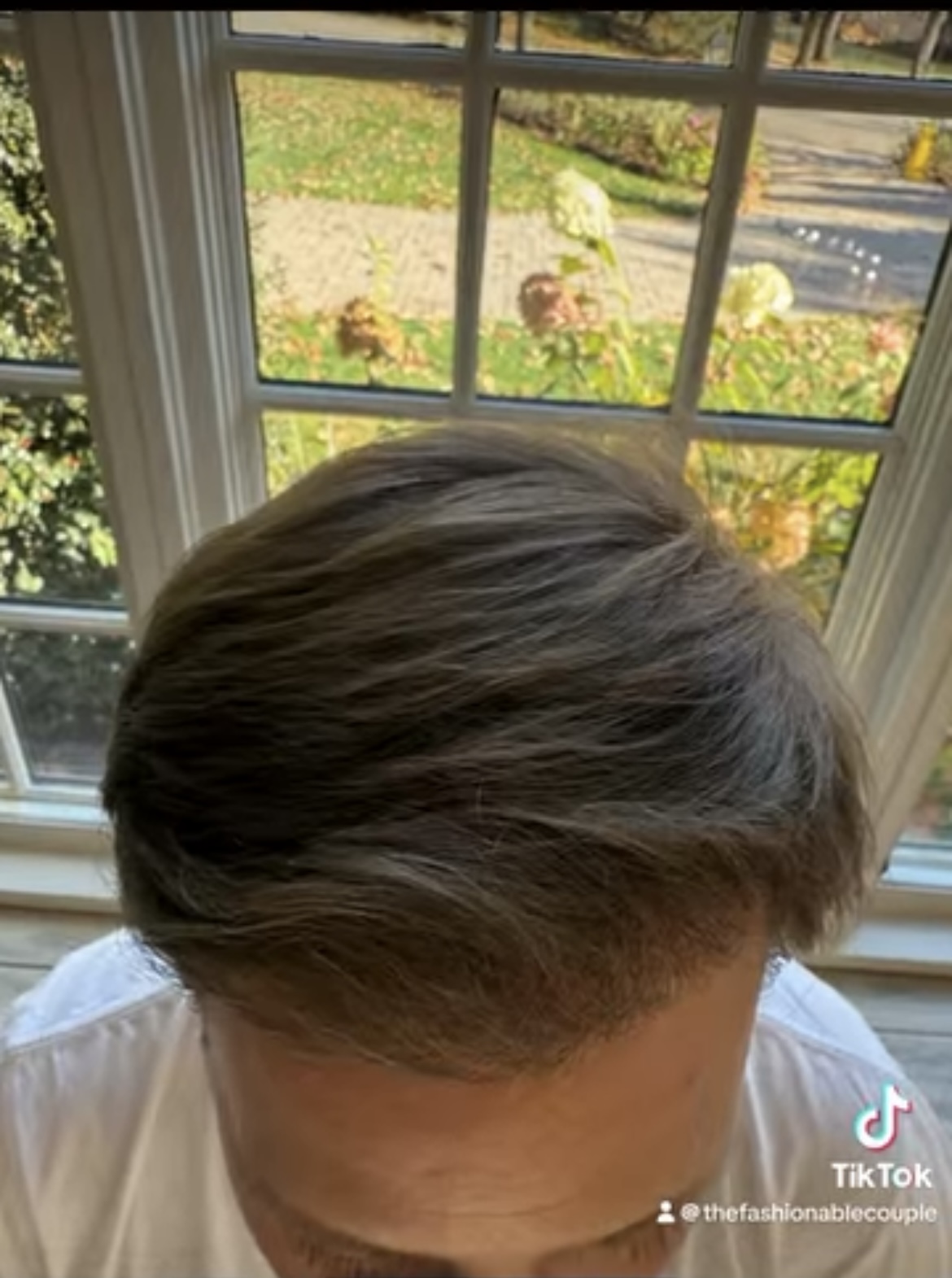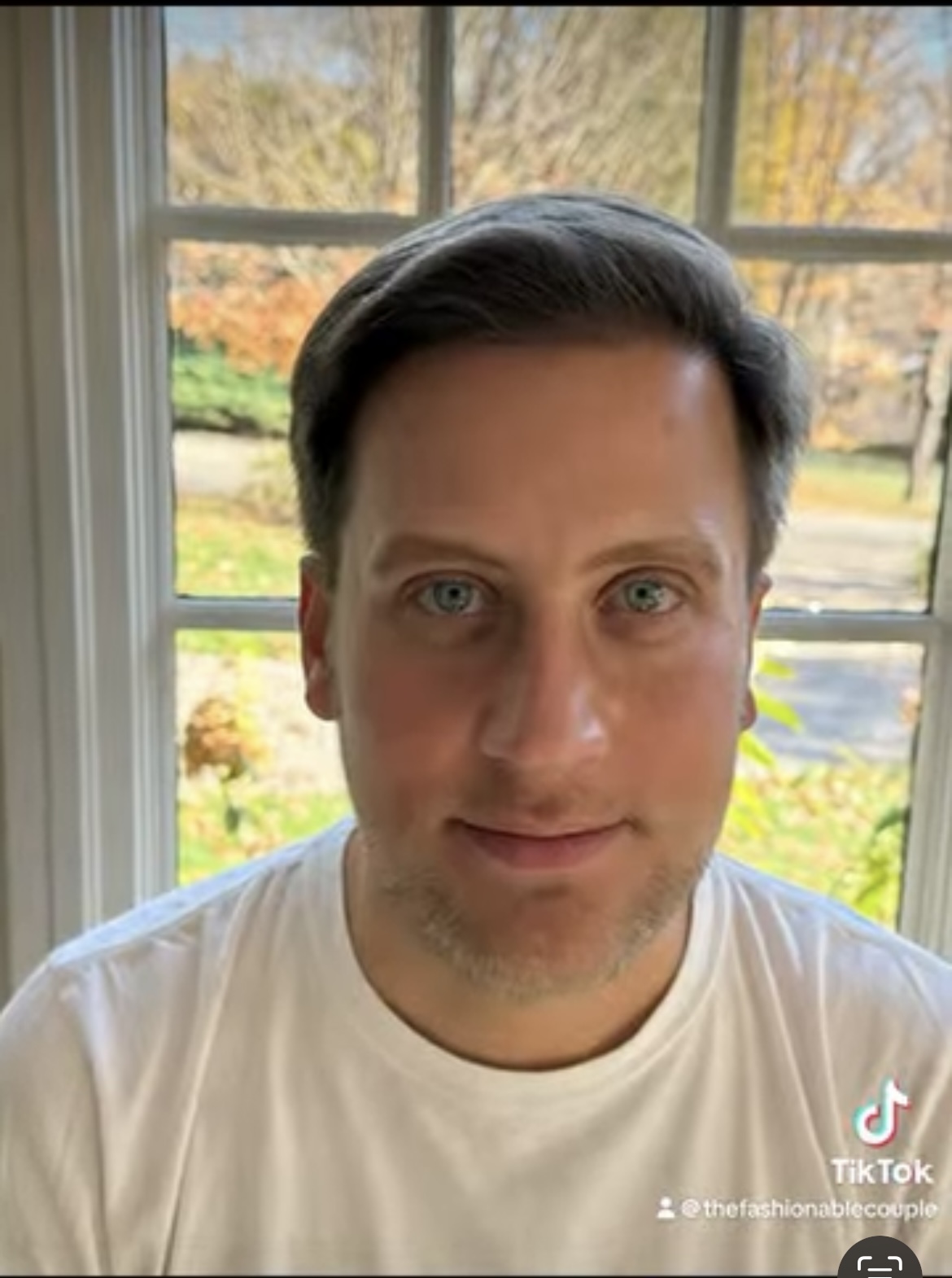At 37 years old, Martin Fulton’s hair loss journey hit a turning point after he contracted COVID-19. What began as a small thinning problem in his early 30s turned into serious hair loss, and soon, his hair started falling out in clumps. After years of contemplating a hair transplant, Martin finally decided to go for it — and he’s sharing his experience with us, no holds barred. Here’s what he learned, his challenges, and why he’s now one of the most open voices in the hair restoration world.
Martin wrestled with his thinning hair for years, trying every shampoo, pill, and topical treatment available — but nothing worked. “It became personal. I obsessed over it. I cried over it. It took up so much space in my head that I knew I needed to find a solution,” he admits. After researching for over two years, he finally decided on a renowned plastic surgeon in Istanbul, a doctor who worked with European A-list celebs and soccer stars. Despite some hesitation, mainly due to fear of pain, Martin took the plunge. “I’m a planner, so I researched everything. I felt confident in my decision and was excited about the procedure. Plus, exploring Turkey for two weeks was a great excuse!”
One thing Martin learned during his research was just how little men shared about their hair transplant journeys. “I couldn’t find anyone who would openly talk about their experience. It was frustrating,” he says. That lack of transparency motivated Martin to become open about his journey. He now freely shares updates and photos on Instagram (@TheFashionableCouple) to help others considering the procedure.
For Martin, the procedure itself was relatively simple. The transplant took about seven hours, and although he was numbed up, he found comfort in being aware of each stage of the process. “It was minimally invasive. No major concerns,” he says. The most challenging part? Sleeping on his back for the first 10 days post-op to protect the graft sites. “I’m a stomach sleeper, so the first 10 days were torture,” he laughs. Another challenge? No caffeine for five days after the procedure. “That was pure torture,” Martin jokes.
Aftercare is crucial, and Martin credits his healthy lifestyle for aiding his recovery. “I eat well, exercise regularly, and drink tons of water. I think that helped me heal quickly,” he shares. It’s not just about physical health — Martin also prioritizes his mental health and self-care, which he believes played a role in his recovery. The final result was a restored hairline, a younger look, and, most importantly, a return of Martin’s confidence. “I didn’t realize how much hair loss affected my self-esteem until I got my hairline back. It’s been a total game-changer,” he says.
His top tip: “Read. Do your research. Find someone who’s been through it and ask them all the questions.” Martin emphasizes that finding a reputable doctor is critical and says, “Social media is a great resource. Watch videos of the procedure to know exactly what to expect. Martin’s openness about his hair transplant has empowered him and helped others who may feel self-conscious about their own hair loss. “I have no regrets,” he says. “I’d do it again in a heartbeat. The confidence I have now is priceless.” If you’ve been contemplating a hair transplant, Martin’s journey might inspire you to take the leap — and you won’t be alone in the process.
XOXO,
Your Beauty Bestie


